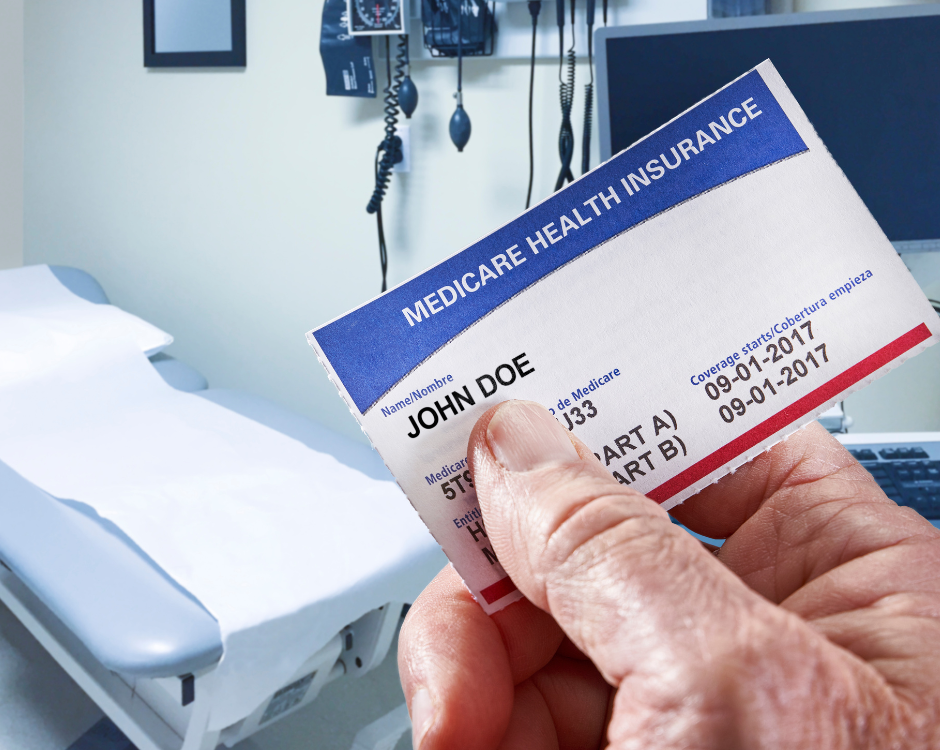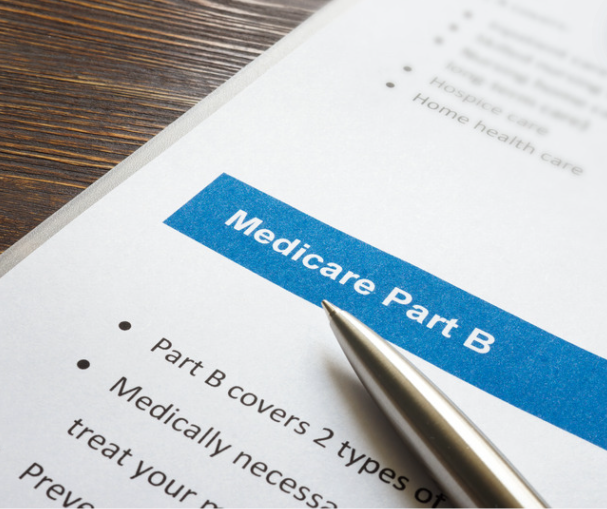- Licensed & Approved Agency in Multiple States
- (888) 901-4870
- (404) 996-0045

What Does a Trump Administration Mean For Medicare?
March 3, 2017
Medicare and Your Health Savings Account
April 5, 2017Understanding the Medicare Medical Savings Account
Many people are big fans of the high-deductible health plan/health savings account combination. It’s a proven money saver for people in relatively good health, and as such has become increasingly popular in recent years as employers and workers alike seek to minimize out-of-pocket premium costs. Some fans of these arrangements would like to carry them into their retirement years. And fortunately, there is a way to do it: The Medicare Medical Savings Account plan.
This is a special type of Medicare Part C (Medicare Advantage) plan that combines a high-deductible health plan with a special tax-advantaged savings account that lets you save, pretax, for anticipated medical expenses in the future.
Now, the main difference between the regular, pre-retirement version of the health savings account and the Medicare Advantage version is this: You don’t make your own deposit into the HSA. Instead, Medicare, via your plan sponsor, makes the deposit into your account for you at the beginning of each year.
The Medical Savings Account
Money in these HSA accounts grows free of interest or capital gains tax. Unlike corporate flexible spending accounts, you can allow your HSA balance to compound from year to year, tax free, until you choose to spend it.
If you do need to spend down your HSA balance to pay Medicare deductibles and copays, or any other qualified medical expense, your distribution from your HSA is tax-free. Generally, any service that would be covered under Medicare Part A (hospital coverage) and Medicare Part B (physicians, lab fees and durable medical equipment) would also qualify for tax-free withdrawals from your Medicare Advantage HSA.
Additionally, you can use your HSA funds to pay for certain expenses that Medicare doesn’t cover at all, including dental and vision care and long-term care costs not covered by Medicare (which constitutes most of them).
Deductibles and Out-of-Pocket Limits
All Medicare Advantage plans have an out-of-pocket maximum of up to $6,700. Any withdrawals you make to pay for Medicare-covered services will count towards your deductible. Once you pay the deductible, though, these plans pay 100 percent of all additional covered services. This means that your effective deductible is $6,700 per year, as of this writing in March of 2017.
This is a high deductible, as Medicare Advantage plans go. But in exchange for the high deductible, you won’t have Medical Advantage premiums to pay, and no co-insurance on covered expenses. However, these plans don’t normally come with built-in prescription drug coverage. You may want to buy a separate Medicare Part D (prescription drug) plan to fill the gap.
The annual deposit amount varies between different plans. The HSA deposit in any given year may not be enough to cover the deductible, so you’ll have to make up any difference out of pocket.
One advantage to these plans is that you can see any provider who accepts Medicare patients. You are not normally restricted to any plan’s network of providers. Doctors and other providers cannot charge you more than the Medicare-approved amount for the covered service.
Who are Medicare Medical Savings Accounts best for?
These plans are usually best under the following circumstances:
- You are generally in good health
- You may go a long time between needing to see a doctor or go to the hospital.
- You can afford to pay the difference between your annual deposit in your HSA and your $6,700 deductible. This could still amount to thousands of dollars.
- You want the freedom to see any doctor you choose.
- You can afford to pay Medicare Part D premiums for your prescription drug plan, or you want to go without a prescription drug plan.
- You want to enroll in Medicare Advantage and retain the maximum control over your Medicare decisions.
- You are comfortable making key decisions about your health care spending.
- You can manage your own medical bills
- You can keep good records.
These plans aren’t right for everybody. But for some clients, they are a terrific fit, and for those in good health can combine cost savings and flexibility. Meanwhile, if you remain in good health for several years, you can amass thousands in your HSA.
Who can’t join a Medicare Medical Savings Account Plan?
- You already are covered in a plan that covers the Medicare MSA Plan deductible, whether via an employer or union.
- You’re part of the Federal Health Benefits Program (FEHBP) for retired federal employees.
- You’re eligible for Medicaid.
- You’re receiving hospice care.
- You’re on TRICARE or enrolled in the VA.
- You have End-Stage Renal Disease (ESRD), UNLESS
- You’re a former enrollee in a Medicare Advantage Plan that left Medicare, AND
- You haven’t joined another Medicare Advantage Plan.
- You live outside the U.S. more than 183 (total) days a year.
How To Sign Up
Available plans vary regionally. To find out more information on whether a Medicare Medical Savings Account is right for you, and what plans may be available in your area, drop me a note via my contact form.
Alternatively, please feel free to call me at (888) 901-4870. While I’m physically located in Madison, Georgia, my firm is happy to provide personalized service to you no matter where in the U.S. you may reside.




